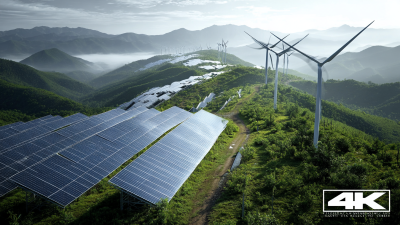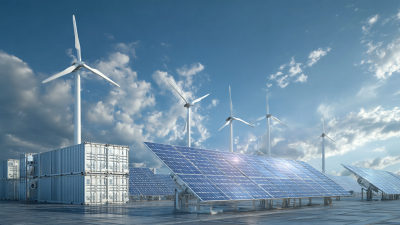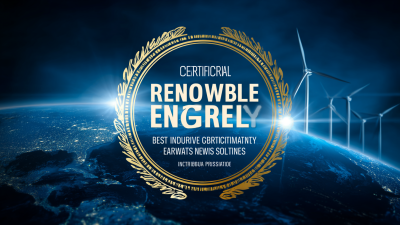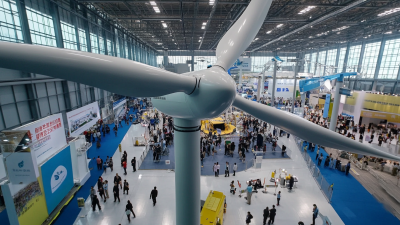The growing urgency to combat climate change and reduce greenhouse gas emissions has propelled the exploration and adoption of Renewable Energy Sources into the global spotlight. According to the International Renewable Energy Agency (IRENA), the share of renewable energy in total global energy consumption reached 29% in 2020, marking a significant milestone in the transition towards sustainable energy systems. This shift is not only crucial for environmental preservation but also offers substantial economic opportunities, with the sector poised to create over 24 million jobs by 2030, as per the International Labour Organization (ILO). As we delve into the different types of Renewable Energy Sources, understanding their potential and applications becomes essential for both policymakers and the public. This exploration will furnish insights into how each type contributes to fulfilling energy demands sustainably and efficiently, thereby paving the way for a greener future.
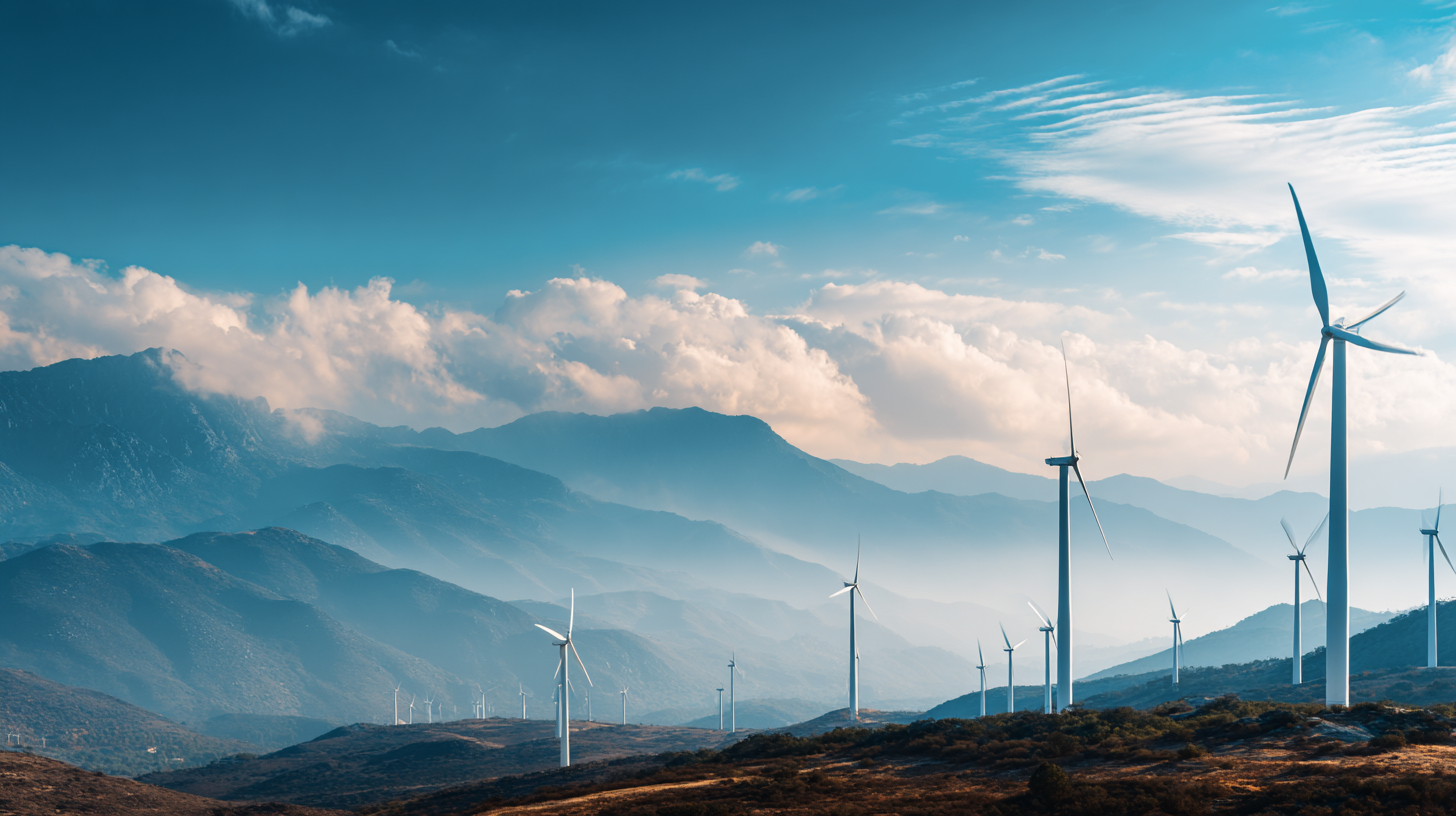
The growing emphasis on sustainable development has propelled renewable energy sources into the spotlight. Among the various types of renewable energy, solar energy leads the way, accounting for about 47% of global renewable energy capacity, according to the International Renewable Energy Agency (IRENA) in their 2021 report. Solar panels harness sunlight to generate electricity, making it a versatile option suitable for both residential and commercial applications. As technology advances, the cost of solar energy has plummeted by nearly 90% since 2010, enabling widespread adoption and fueling a significant shift toward greener energy options.
Wind energy is another prominent player in the renewable sector, contributing to around 24% of the total renewable electricity generation worldwide. The Global Wind Energy Council (GWEC) reported that 93 gigawatts of wind power capacity were added in 2020, underscoring the sector's rapid growth. Offshore wind farms, in particular, have garnered attention for their potential to harness stronger and more consistent winds, with projections suggesting offshore capacity could reach 234 gigawatts by 2030. The continued investment and innovation in wind technology illustrate the diverse avenues through which renewable energy can be developed and utilized for a sustainable future.
Solar energy has emerged as a pivotal player in the global renewable energy landscape, with 100 GW of installed capacity in 2021 alone. This impressive figure underscores the substantial progress made in harnessing the power of the sun. Technological advancements in photovoltaic (PV) systems have greatly improved energy conversion efficiency and reduced costs, making solar energy more accessible and appealing for both residential and commercial applications. As countries strive to meet their climate targets, solar energy presents a viable solution to reduce greenhouse gas emissions and transition to a sustainable energy future.
In regions like Africa, the potential of solar energy remains largely untapped, yet the challenges are multifaceted. Issues such as infrastructure deficits, financial barriers, and regulatory hurdles hinder widespread adoption. However, recent studies highlight innovative pathways and technologies that could facilitate the deployment of solar power across the continent. Floating photovoltaic systems are gaining traction due to their ability to generate more energy per unit area while preserving valuable land resources. As the focus sharpens on diverse strategies for sustainable development, the integration of solar energy into national grids becomes increasingly critical, promising to power economies while addressing climate change.
This chart shows the installed capacity of various renewable energy sources in gigawatts (GW) as of 2021.
Wind energy has emerged as one of the most rapidly growing renewable energy sources, boasting a remarkable global installed capacity of over 743 gigawatts (GW) as of 2023. This massive capacity underscores wind power's critical role in the transition to sustainable energy. According to the Global Wind Energy Council, the sector saw an increase of approximately 93 GW in net installations in just one year, affirming wind energy's momentum and its importance in combatting climate change.
As the technology advances, the efficiency of wind turbines continues to improve, allowing for greater energy capture at lower wind speeds. The levelized cost of energy (LCOE) for onshore wind power has dropped significantly, making it one of the most cost-effective sources of electricity today. Tips for those interested in investing in wind energy include considering the placement of turbines to maximize wind catchment, and staying updated on local regulations that may impact installation and operation.
Moreover, community wind projects are becoming increasingly popular, allowing local stakeholders to take part in the benefits of renewable energy. Collaborative efforts can lead to more efficient use of resources and greater public support for wind initiatives. To successfully engage in such projects, ensure effective communication with all stakeholders and assess the economic viability through comprehensive feasibility studies.
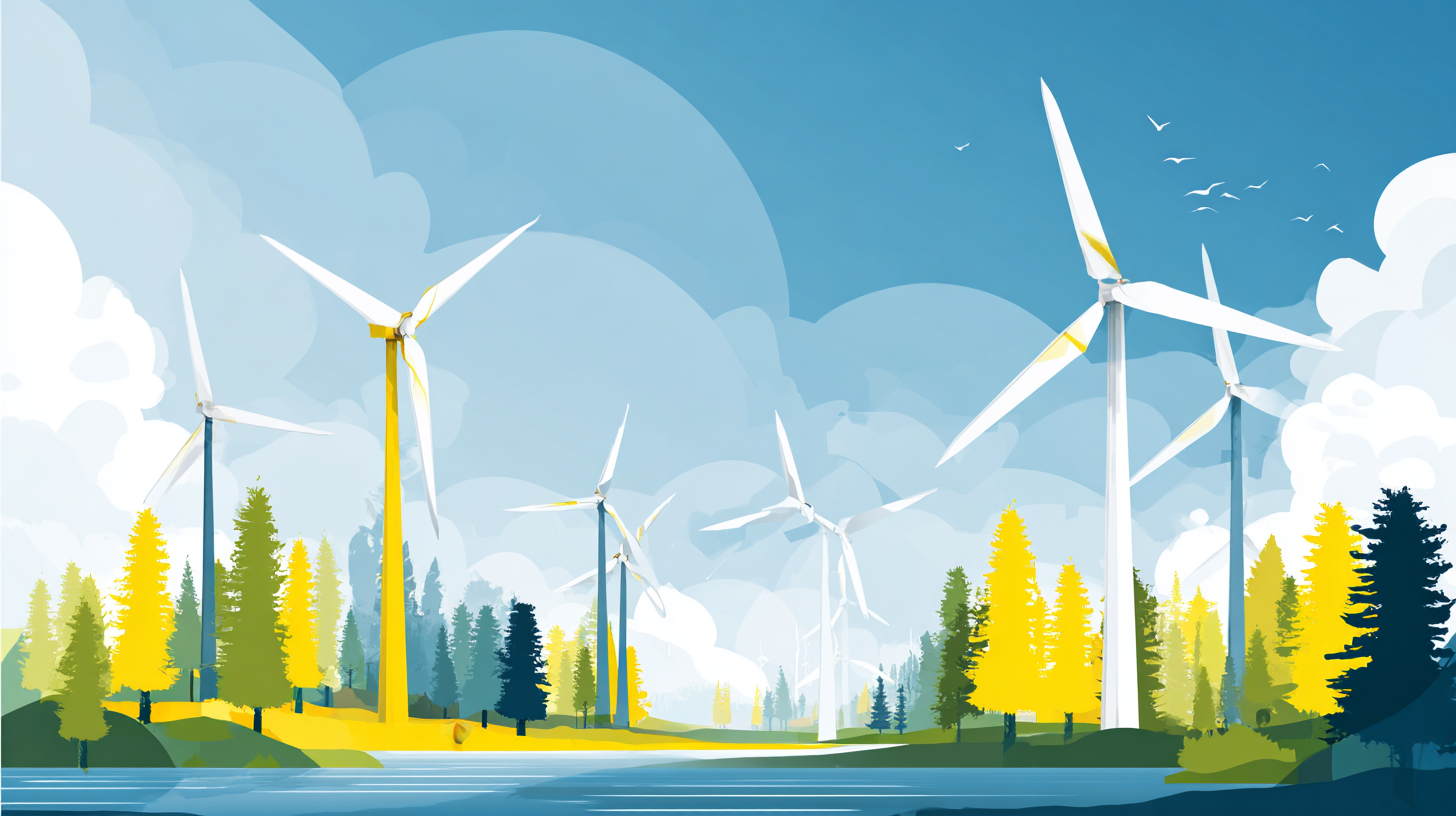 Hydropower stands out as one of the most significant renewable energy sources, contributing approximately 16% of the world's electricity supply. According to the International Energy Agency (IEA), hydropower generated about 4,300 terawatt-hours (TWh) of electricity in 2020, making it a dominant player in the renewables sector. This energy source harnesses the kinetic energy of flowing water, often by means of dams, to produce electricity. Countries like China, Brazil, and Canada lead the world in hydropower production, reflecting the substantial investment in water-based infrastructure to meet energy demands sustainably.
Hydropower stands out as one of the most significant renewable energy sources, contributing approximately 16% of the world's electricity supply. According to the International Energy Agency (IEA), hydropower generated about 4,300 terawatt-hours (TWh) of electricity in 2020, making it a dominant player in the renewables sector. This energy source harnesses the kinetic energy of flowing water, often by means of dams, to produce electricity. Countries like China, Brazil, and Canada lead the world in hydropower production, reflecting the substantial investment in water-based infrastructure to meet energy demands sustainably.
Moreover, hydropower offers several benefits beyond electricity generation. It plays a crucial role in water management, flood control, and irrigation, which are essential for agricultural stability and environmental sustainability. The World Bank estimates that expanding the capacity of hydropower could provide electricity to over 150 million people in developing countries by 2030. As global leaders seek to transition to cleaner energy sources, hydropower continues to offer a reliable and efficient solution, demonstrating its vital role in the pursuit of a sustainable energy future.
Geothermal energy stands out as one of the most promising renewable sources, harnessing the Earth's internal heat to generate electricity and provide direct heating. With potential reserves estimated around 200 GW, geothermal energy offers a sustainable solution to meet increasing energy demands. This reliable energy source operates consistently, regardless of weather conditions, making it a viable option for countries striving for energy independence and environmental conservation.
When considering geothermal energy, it's essential to assess your site's geological characteristics. Areas with volcanic activity or hot springs often indicate a high geothermal potential. Additionally, explore the possibility of small-scale geothermal systems, which can be beneficial for residential heating and cooling. Utilizing geothermal heat pumps can significantly reduce your energy bills while minimizing your carbon footprint.
For those interested in investing in geothermal energy, remember to stay informed about advancements in drilling technologies and resource management. Collaborate with experts in the field to ensure sustainable practices are followed. Engaging with local communities can also enhance acceptance and support for geothermal projects, creating a win-win situation for energy production and environmental stewardship.
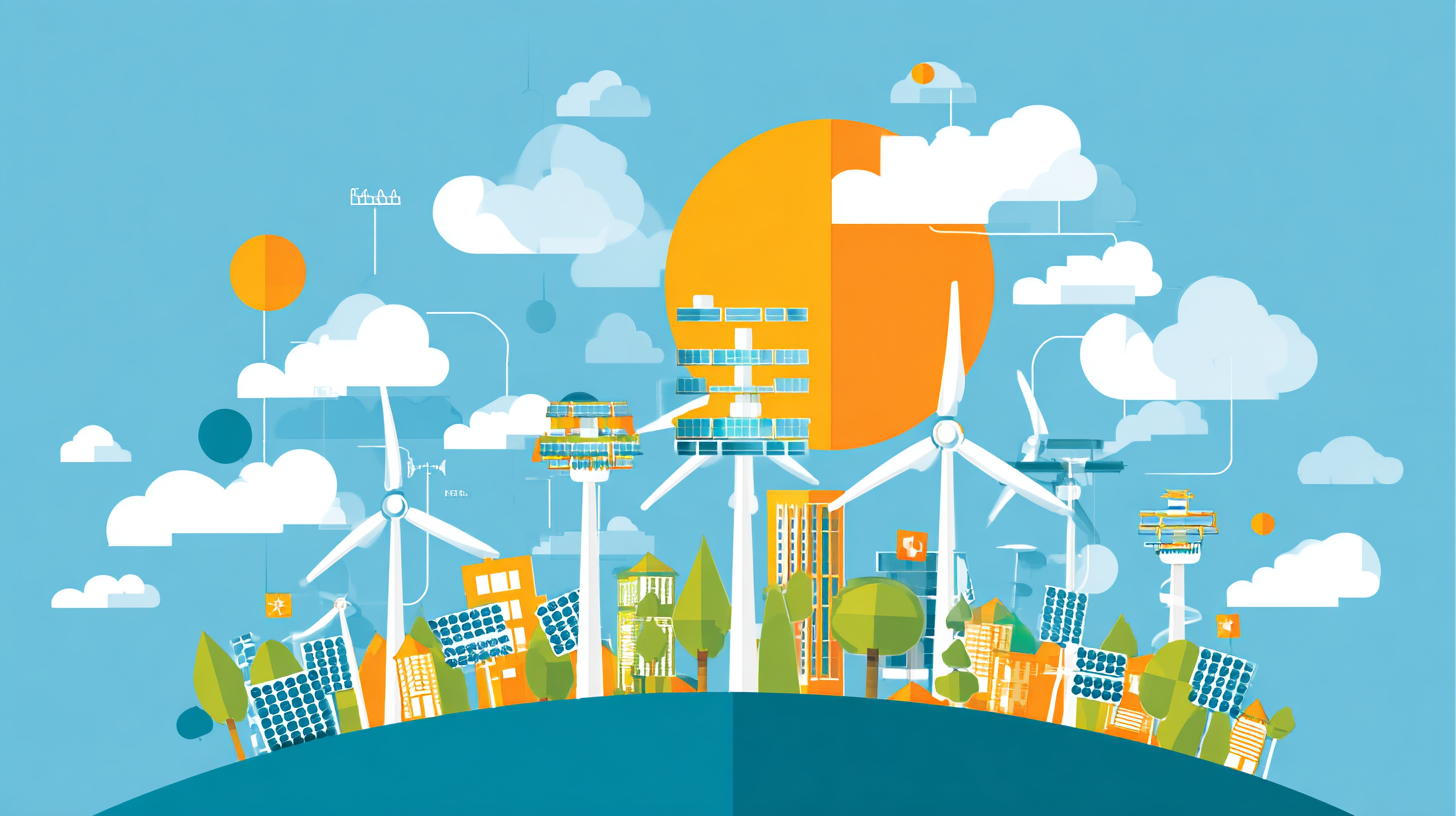
In the quest for sustainable energy solutions, understanding the different types of renewable energy sources is essential. This comprehensive overview highlights several key alternatives that contribute to our energy landscape. Solar energy stands out with an impressive installed capacity of 100 GW in 2021, harnessing the sun's power to generate electricity. Wind energy follows closely, boasting over 743 GW of global capacity, emphasizing its role in reducing carbon emissions.
Additionally, hydropower is significant, accounting for 16% of the world's electricity supply, while geothermal energy holds great potential with reserves estimated at 200 GW. Biomass, though contributing to just 5% of global energy needs, showcases the versatility of organic materials in energy production. Together, these renewable energy sources are vital in addressing climate challenges and promoting a sustainable future.
